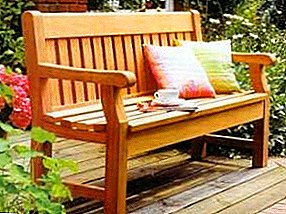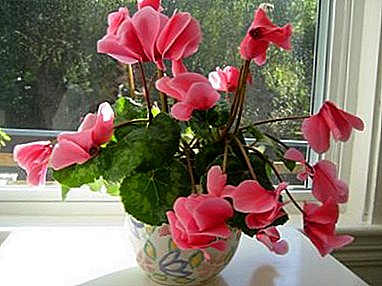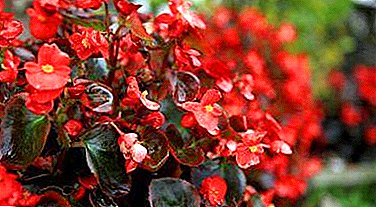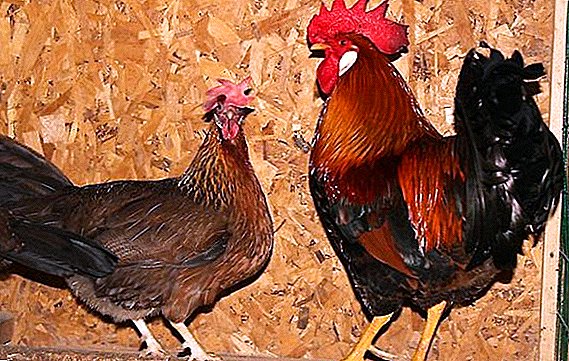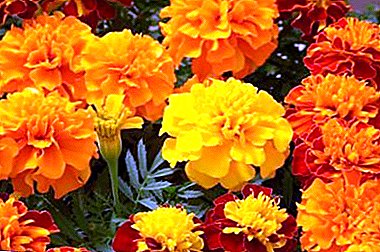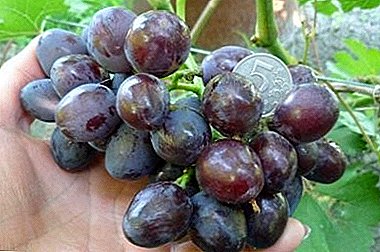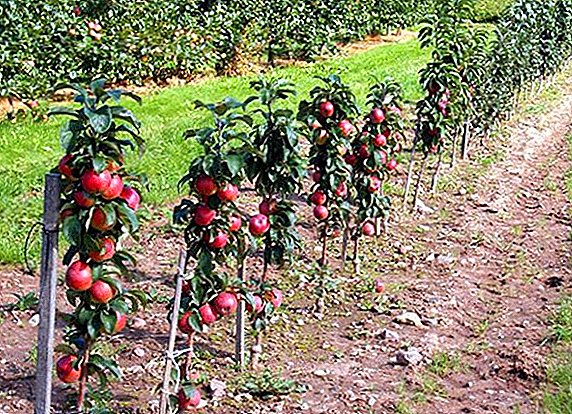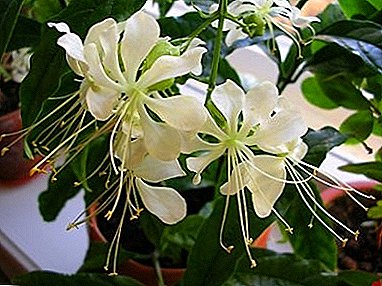
Walloch's clerodendrum is a beautiful flowering plant.
The flower loves bright natural light, spraying from a spray and feeding.
At home, unpretentious. In height can reach 50 cm.
Description
 Clerodendrum Wallich was named after botany and the excellent doctor Nathaniel Walich. He was the botanical garden manager.
Clerodendrum Wallich was named after botany and the excellent doctor Nathaniel Walich. He was the botanical garden manager.
Thanks to him, various expeditions, scientific work and hybridization were carried out. The cultivated plants were sent abroad and grown in greenhouses.
Klerodendrum Uollicha was obtained through Klerodendrum Thompson. Homeland of this plant is India.
The main range is the beautiful mountains of Nepal. The flower can grow at an altitude of more than 1000 meters.
It belongs to the family of Gubocolaceous Latin name: Clerodendrum wallichiana. Prefers a subtropical climate.
The plant formed inflorescences perfect white shade. Sometimes they are compared to wisteria tassels.
Asymmetric flowers in shape resemble butterflies. Buds bloom 45-60 days. Have protruding emerald stamens and pistil. Petals are surrounded by an asterisk cup. This subspecies is impressive for its elegance and beauty.
In the wild, the bush is very compact. In height reaches 1-5 meters. At home, it grows no more than 50 cm. The stalk has four faces. The leaves of this plant are lanceolate, emerald green. In length reach 15 cm. They have a jagged edge.
Other types of Clerodendrum can also be found on our website: Clerodendrum Thompson, Clerodendrum Ugandan, Clerodendrum Philippine.
A photo
You can get acquainted with Wallich's Clerodendrum in the photo:





Home care
In early December, it is necessary to reduce the temperature to 15-16 ° C. At this time, the plant should come rest period. Lasts a period of 60-65 days. Under insufficient light, it can shed its leaves. At this time it is necessary to reduce watering to a minimum. Feeding should stop altogether. They are renewed in early spring.
Care after purchase
 Most often this plant sold in the fall. It is at this time that it blooms profusely and attracts the attention of buyers.
Most often this plant sold in the fall. It is at this time that it blooms profusely and attracts the attention of buyers.
With careless transportation buds can crumble. Flowers do not tolerate strong temperature extremes.
Therefore, after the purchase of the plant can not be unpacked immediately. It is necessary to give the plant time to adapt and let stand in room conditions for 60-90 minutes.
Read more about the care of Clerodendrum here.
Pruning
Flower Formative trimming is required. It is produced in February - early March before the beginning of active growth and flowering. It is important to have time until the moment when the young representatives of the flora begin to plant buds. Cut stalks can be used for breeding.
Watering
Prefers systematic watering. It is necessary that the land between watering a little dry. If the plant is often poured - leaves will wither. Flower loves frequent spraying. The flowers do not lose their decorative effect from moisture. In case of strong arid air, a pallet next to the tank is placed in water or moistened with forest moss.
Landing
For planting choose fortified breathable priming. You can use the store. It can be mixed with compost or biohumus. When preparing the substrate independently, fine-grained sea sand and commercial pearlite are added to the soil.
After planting or transplanting the flower must be kept in the same conditions in which it was before. Otherwise, this representative of the flora can get very sick.
Transfer
 The transplant is made only after full flowering.
The transplant is made only after full flowering.
They are neatly cut with scissors. After 30 days, flower stalks are removed. After this pet, you can repot.
You can not keep the flower in non-fortified soil. With a lack of trace elements flower may die.
When transplanting Do not damage the root system. This plant is very fragile. Due to the fact that the bush is miniature, the capacity is chosen not more than 20 cm in diameter.
In larger pots, this species will not bloom, as the root system will not cope with the incoming moisture.
Important! During flowering, this representative of the flora requires complex fertilizers. Any purchase for flowering plants will do. Such procedures prolong flowering.
Temperature
The flower is very thermophilic. Do not allow the temperature to drop below 18 ° C. The optimum temperature is 18-24 ° C. It can tolerate higher temperatures, but in this case the plant required spraying.
Attention! The plant needs feeding. The procedure is carried out once every two weeks. Perfect liquid mullein, Lignohumate or Biohumus. You can not add too much organics. In this case, large leaves are formed, and the buds will crumble.
Lighting
This plant is very demanding for lighting. Prefers bright natural light. Does not like direct hit by the sun.
Breeding
Reproduction occurs by grafting. It is best rooted stems with 3-4 leaf nodes. They must be cut from the lower stems. Sprouting rooted in water or in a wet substrate. For this purpose, peat and fine-grained sea sand are added to the soil.
 The optimum temperature for growth is 20-22 ° C. Capacity choose no more than 15 cm in diameter. Initially, 2-3 cuttings can be planted in them.
The optimum temperature for growth is 20-22 ° C. Capacity choose no more than 15 cm in diameter. Initially, 2-3 cuttings can be planted in them.
Top need build a mini-hothouse from the cut plastic bottle. It retains moisture and helps the plant to take root faster.
With natural light, rooting occurs slowly and weakly. It may take 1-1.5 months. Therefore, pre-seedlings are treated growth promoters.
Perfectly Zircon, Kornevin, Heteroauxin. They greatly accelerate the rooting process.
With special artificial lighting, rooting is faster. It may take 1-1.5 weeks.
As soon as the sprouts take root, they begin to feed. A month later, seedlings can already be transplanted into other containers.
In autumn, they can bloom. But the first bloom is weak and not abundant. Active growth and flowering begins in the second year of life.
Diseases and pests
This plant is practically not affected by pests. Sometimes spider mites can appear, which are washed off with soapy water. Whiteflies and mealybugs may also appear. For their elimination use Aktar solution. The plant is watered and sprayed once a week. You can also use alcohol wool.
The plant may have chlorosisFalling and yellowing of leaves. At this point, buds may fall off, and the plant ceases to bloom. Such a disease can occur even during flowering.
The reason may be an overabundance or lack of natural light. There may also be a very strong alkaline environment in the soil, a deficiency of vitamins or hard water with chemical impurities. It is important to find the cause. It is necessary to check the soil for acidity and rearrange the flower in another room.
You can add "Ferrovit". This treatment is fast. It will heal the plant. In the ground is necessary add mineral fertilizers. Also, the flower may stop blooming from tobacco smoke, ethylene and carbon dioxide.
Also, if the containers in diameter are too large, the root system will not be able to fill the pot. Excess moisture will accumulate in it. And the plant will stop blooming. Subject to all the rules, this representative of the flora blooms long and large.
Conclusion
 Walloch's clerodendrum is propagated by cuttings. Pests are not affected.
Walloch's clerodendrum is propagated by cuttings. Pests are not affected.
Loves systematic watering and gentle care. Prefers small containers no more than 20 cm in diameter.
It responds well to additional feeding.


